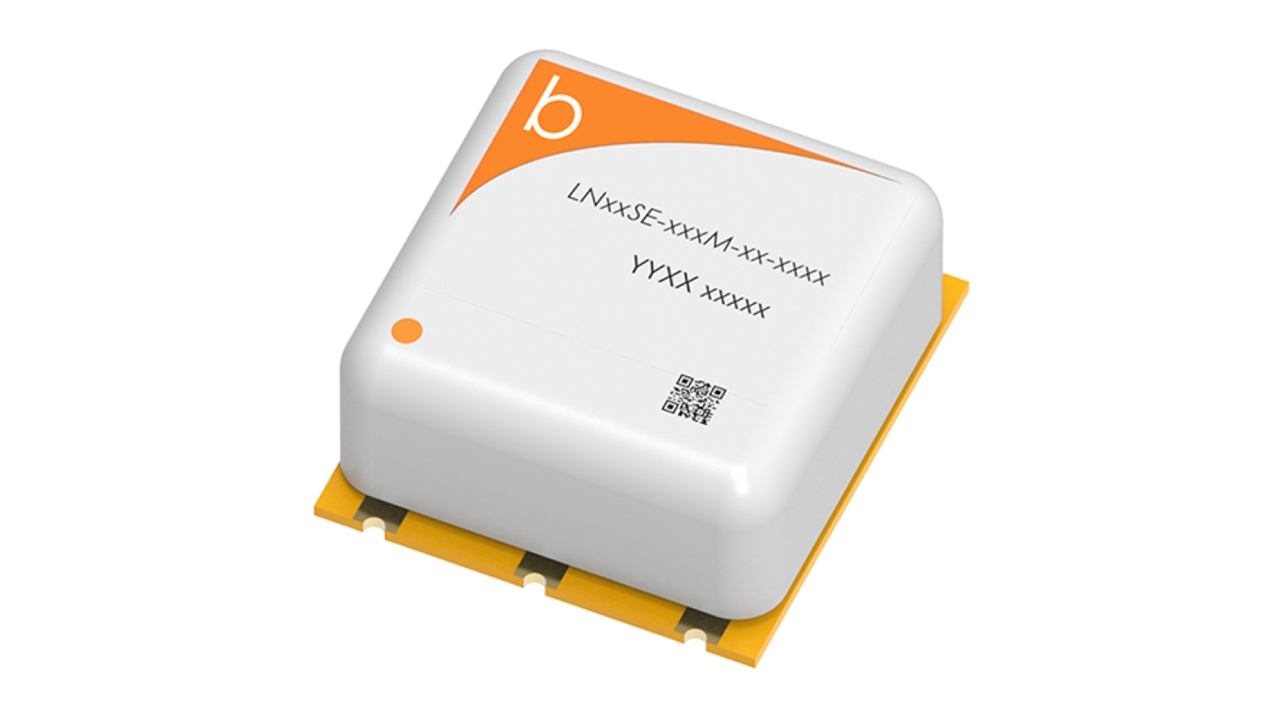
“Good things come to those who wait,” as the saying goes, and while aging is a part of all life cycles, crystals shouldn’t age prematurely. The careful production stages and the time it takes to complete them are necessary to the efficient operation of OCXOs.
Long lead times are a necessary byproduct of this aging process. While the quartz crystals used in Bliley’s oven-controlled crystal (Xtal) oscillators (OCXOs) are ready for production relatively quickly (in the grand scheme of things), the full cycle of manufacturing an OCXO is a lengthy process that requires generous lead times for the finished product:
- Crystal Production (40-80 Days)
- Blank Manufacturing (1-2 Weeks)
- Finished Crystal Manufacturing (1 Week)
- Crystal Conditioning (1-2 Weeks)
- OCXO Manufacturing (1 Week)
- OCXO Aging (1-2 Weeks)
- OCXO Final Testing (1 Week)
Let’s take a closer look at the stages of OCXO production from ‘seed’ Xtal to finished oscillator, and how they impact lead time.
A Crystal Is Born (40-80 Days)
Quartz Xtal production requires meticulous, controlled, and pristine conditions. OCXO quartz is synthetic and grown artificially by hydrothermal method in a vessel called an autoclave.
The Xtals develop in high temperatures above 400 °C and pressures that exceed 1,000 atmospheres. Those two variables determine the rate of Xtal growth. Quartz can grow between 0.2 mm to 1 mm per day, but slower growth yields a higher quality Xtal. The “alpha” Xtal is ready for processing in about 40 to 80 days.
The quartz block is then cut into individual wafers and the remaining “seed” is reused to produce new quartz in the autoclave.
Blank Manufacturing (1-2 Weeks)
The angle and thickness of a blank’s cut is critical for achieving different frequencies and applications. The wafers are planed (lapped), beveled, and chemically etched according to the precise specifications for the desired function, temperature range and frequency stability.
Once the contouring of the Xtal is complete, the quartz blank, now cushion-shaped, is ready for the next phase.
Finished Crystal Manufacturing (1 Week)
The slightest imperfection can affect the aging (frequency change over time) and precision of a quartz blank. At this point in production, the quartz crystals are slightly above their target frequency to mitigate any drift and to prepare for electrode application, which also reduces frequency.
X-ray technology is used for inspection, frequency checks, and quality control. The approved blanks are then carefully washed to prepare them for conditioning. The cleaning removes residual elements and impurities from the previous processes to allow for optimal adhesion of the electrode to the blank surface. This also keeps the resonance resistance low.
Crystal Conditioning (1-2 Weeks)
The Xtals that go into OCXOs must be conditioned for 5-10 days through the use of electrodes. In a vacuum, a process called “sputtering” vapor-deposits the electrode through a stencil, creating a thin film on the surface of the blank.
The span of the electrode determines the oscillation area of mechanical resonance within the blank. By increasing the vibrating mass of the electrodes, Xtals are reduced to the required frequency, and then the blank is finally complete.

OCXO Manufacturing (1 Week)
Finished quartz blanks with leads attached to the electrodes are mounted into the OCXO housing. Special care is taken not to push or pull the blank during mounting, as any stress can accelerate negative aging of the Xtal and affect its performance within the finished electronic.
The blank is sealed within the mount and either evacuated with a vacuum or filled with nitrogen. Because nitrogen is inert, it prevents the entry of reactive materials that might cause premature aging.
The oscillator contains temperature-controlled compartments, which function as an oven to maintain a constant temperature for the quartz Xtal inside it. The oven, in addition to a temperature controlling-circuit, prevents changes in frequency from external temperature variation.
OCXO Aging (1-2 Weeks)
While contaminants and stress can have negative aging effects on quartz Xtals, new oscillators are intentionally aged (also known as burning) for a period of time to relax stress, which is at a maximum just after powering on.
The daily aging rates will eventually stabilize and achieve an equilibrium. The amount of time needed for this type of aging depends on the oscillator frequency, the cut of the Xtal, and the aging rate. The US government publishes a mil-spec (MIL-PRF-55310) for Xtal aging and performance requirements.
OCXOs with standard frequencies age with power for 7–10 days, but the manufacturing process for non-standard frequencies can take several weeks or longer.
OCXO Final Testing (1 Week)
Bliley tests every oscillator per MIL-PRF-55310 standards to ensure they meet requirements. Test protocols check frequency accuracy, the safety of the oscillator circuit, its ability to start reliably, and its drive level, which measures the current flowing through the quartz crystal.
The Importance of Aging & Long Lead Times
As you can see, careful aging is a necessary part of manufacturing quartz crystals and OCXOx, which results in long lead times but high-quality, reliable products.
In summary, the crystals that go into OCXOs need to be conditioned for 5-10 days, and then the OCXOs themselves need to age with power for 7-10 days. For non-standard frequencies we hold stock for, the process is longer; please reach out to us to request what frequencies we stock.
With more than 90 years of experience making reliable and stable crystal oscillators, we promise our oscillators are worth the wait. To learn more about our OCXOs, browse our products.





